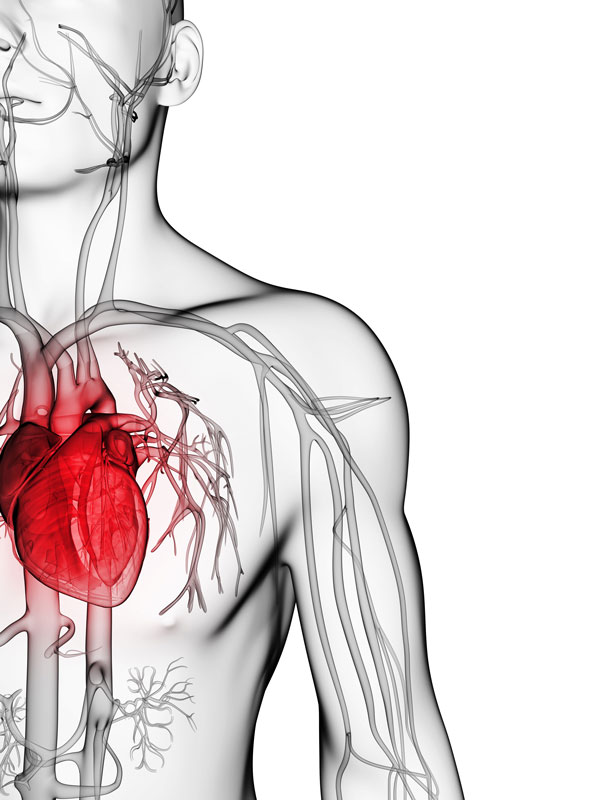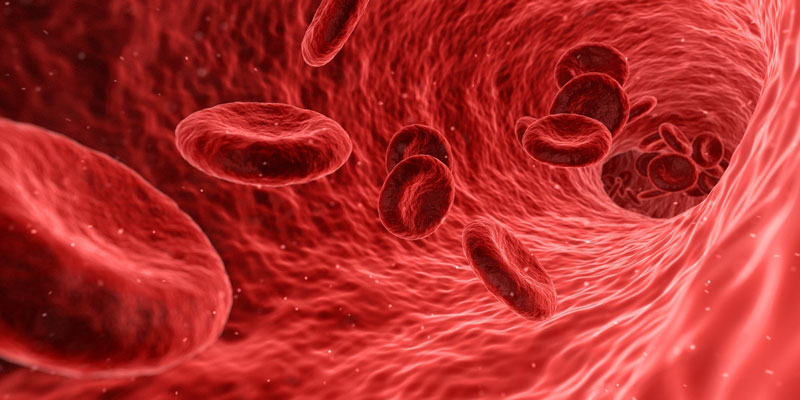Measure the right values right with our algorithms for blood pressure measurement
The measurement of (arterial) blood pressure is the central instrument for determining the health status of our cardiovascular system. Different methods can be used to determine the blood pressure in the various sections of the arterial system.
The currently best-known form of blood pressure measurement is the individual measurement on the upper arm using a cuff, measuring the blood pressure in the brachialis. These values form the current basis for the classification of hypertension.
The central (aortal) blood pressure, on the other hand, describes the pressure in the aorta. This pressure directly affects the heart and many other vital organs. It’s therefore the decisive value for accurately determining the patient’s blood pressure and allowing an optimal therapy. Up to now, central blood pressure could only be measured directly in the aorta by using an invasive cardiac catheter and therefore cannot yet be used as a routine in medical practices.
However, initial research results show a high clinical benefit in the treatment of hypertension and the extension of the Health Span.
Our products
Our modules
Our algorithms
By using our algorithms, the central blood pressure can be determined as easily as the values in the arm and is as accurate as the invasive measurement. This allows early and optimal detection of the various forms of hypertension and consistent and accurate monitoring of their treatment.
We support
- The individual measurement of blood pressure in clinic, doctor’s office and at the patient’s home
- The 24-hour-interval measurement (long-term blood pressure)
- The continuous blood pressure measurement
Vascular Ageing
Determining vascular function and vascular age reliably and dynamically with our algorithms for pulse wave analysis
Vascular age is the functional age of a person’s arteries, corresponding to the age of an average healthy person whose arteries have the same mechanical properties as those of the person affected. The function of the arteries is evaluated by various parameters, such as the pulse wave velocity, and put in relation to age-related average values. This makes it possible to determine the degree of pre-ageing of the arteries and the associated changes in the overall cardiovascular risk. In addition, it is possible to assess the long-term response of the arterial system to lifestyle changes or medication, as well as the short-term response to changes in pressure or stress (vagotonus).
Pulse wave reflection is one of several factors that reflect arterial function in blood pressure. However, arterial function can be described much more precisely by other measured values, with the pulse wave velocity (PWV) being the most important, direct measure of arterial elasticity or stiffness. The PWV is given in metres per second (m/sec). Based on the naturally induced increase in arterial stiffness from central (aorta) to peripheral due to the higher proportion of muscular cells in the arterial wall, the PWV depends on the section of artery being examined. Arterial stiffness has an important prognostic significance and shows a direct correlation with cardiovascular mortality.
Our products
Our modules
Our algorithms
By using our algorithms, the pulse wave velocity can be determined quickly and easily. We only consider the pulse wave itself and are therefore independent of secondary input values as well as being able to map the short-term changes in PWV.
We support
- The individual measurement of blood pressure in clinic, doctor’s office and at the patient’s home
- The 24-hour-interval measurement (long-term blood pressure)
- The continuous blood pressure measurement




